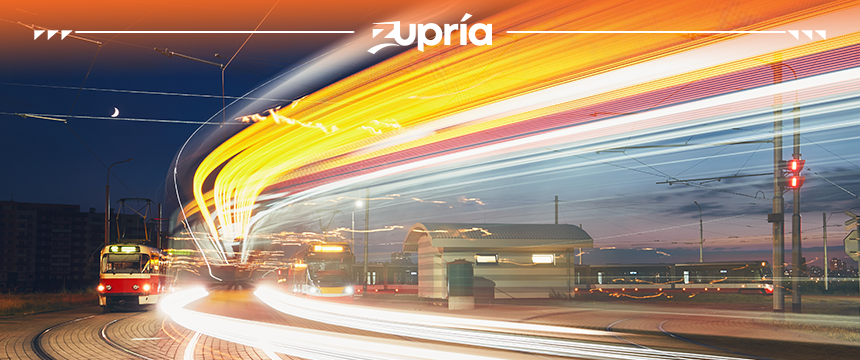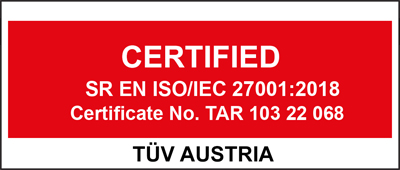Blog

The Digitalisation of Public Transportation
The digitalization of public transport gives transport companies new opportunities to offer their customers integrated digital services along the service chain. Morever, it can optimize their own transport operations as well. Increasing efficiency, enhancing quality, lowering costs, opening up new revenue streams and more, are among the tantalising opportunities. Crucially, it is the chance to redefine the relationship with the customer which is at the heart of the revolution.
Improved operational efficiency and maintenance
Public transport daily operations involves endless amounts of routines and processes in the background. You can improve many of them using modern technology, ultimately improving service quality, reliability and efficiency. In particular, the availability of an increasing amount of data makes monitoring of infrastructure, equipment and rolling stock more accurate and automatic. It can automatically generate maintenance orders at the right time, relieving human intervention and avoiding unnecessary interventions or mistakes.
Exponential growth of data
Increasing digitalisation of public transport has led to the exponential growth of the volume of data and information. More and more data can be a blessing and a curse. Looking at the positives, the third parties can use it to develop additional services, such as travel planner apps. We can use them internally to increase efficiency and lower costs by, for example, failure prediction for asset maintenance. It is also thanks to data exchange and connectivity that public transport is at the heart of the Smart City concept. There is an integration between it and networks such as energy and others.
Relationship with the customer
Digitalisation is changing the relationship with the customer and is driving us to rethink the customer relationship in many cases. Today, public transport not only connects places, but directly connects to its customers via mobile devices and in real time. The exploitation of data can allow operators and authorities to provide more efficient services responding to the individual needs of customers. For example, optimising route-planning or offering personalised real-time information services. We can enhance this through the development of relationships with local businesses. A good example can be offering a half price coffee to travel off-peak.

